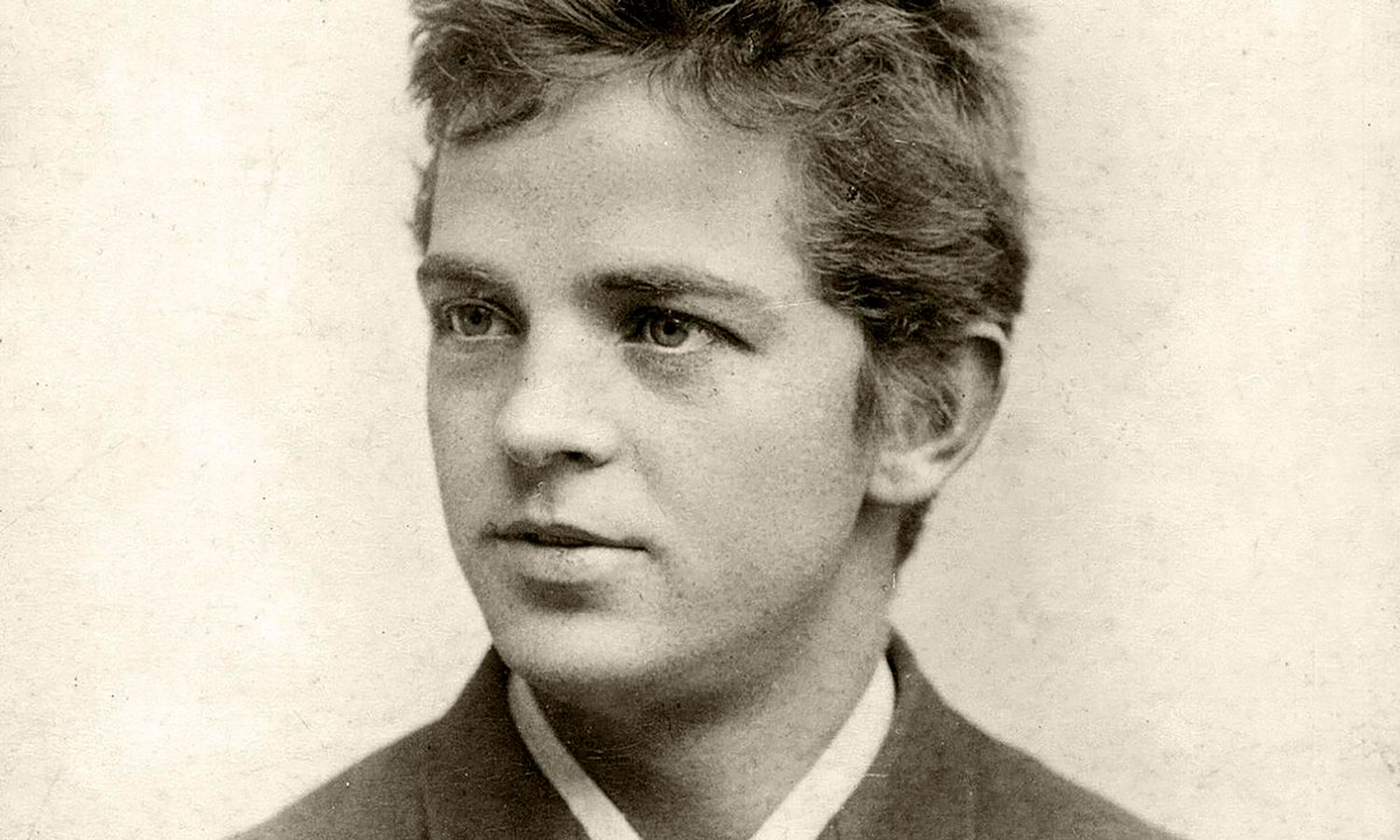Study years
The Copenhagen Conservatory of Music (later the Royal Danish Academy of Music), which the 18-year-old Carl Nielsen was to attend from early 1884, was familiarly called “Gade’s Conservatory” for short, for Niels. W. Gade had been there since its foundation in 1866 and was one of its directors together with J. P. E. Hartmann and H. S. Paulli. In practice it was Gade who was in charge, and his conservative musical taste left its mark on the teaching. If one wanted to know something about contemporary music, one should not expect to learn it from Gade. Carl Nielsen remembered J. P. E. Hartmann, who was at that time in his mid seventies, as more open to new trends.
Thanks to state subsidies for free-place scholarships, studying there was no longer restricted to children of the upper middle class. But there was still a majority of female students, due to the simple fact that there were very few other study opportunities open to women. And since the conservatory was designed both for gifted amateurs and for professionals, there were very many female students who studied singing or the piano, for instance, without ever making professional use of their training.
Nielsen, who had entered with professional intentions, studied violin as his main instrument, and, like all students, he had classes in piano, music history and theory. Systematic composition studies were out of the question, though every now and then he handed in minor assignments to teachers like Niels W. Gade and Orla Rosenhoff.
The composer and music theorist Orla Rosenhoff (1844-1905) taught Nielsen theory, including counterpoint, and is probably the teacher who had the greatest influence on his development in the long run. With the possible exception of old J. P. E. Hartmann, with whom Nielsen only had superficial contact while at the Conservatory, Rosenhoff was the only teacher in positive touch with new musical currents, whether from Wagner or others.
Although Carl Nielsen was not the only student at the Conservatory to come from the provinces, most of them were from Copenhagen and living at home. Among the students from his own year, he seems only to have had close contact with the brother and sister Vilhelm and Margrete Rosenberg. From the year below him he soon became acquainted with violinists Julius Borup and Frederik Schnedler-Petersen and with pianist Johanne Stockmarr, who were to remain his friends for many years.
At the end of 1886 Carl Nielsen, then aged 21, left the Copenhagen Conservatory. He had graduated with a good, but not exactly outstanding, mark (mg). This average mark cannot have been difficult to calculate, since he got the same in all subjects (piano, violin, ensemble, harmony, counterpoint, musical forms and instrumentation). Armed with a diploma which also certified that “Mr. Carl Nielsen’s behaviour during his study years has given satisfaction,” he now had to make his own way on the musical free market. But to make a living solely as a composer was not really realistic.
Even as a student he had deputised for some of the regular contracted players in various Copenhagen orchestras, and he now became a regular member of the Tivoli Concert Hall Orchestra (where the fee for an evening was 4.25 crowns according to his notebook for the years 1888-1890). At the same time he had pupils. But he also continued his own training by taking private lessons with Orla Rosenhoff, who gave him good advice on his new compositions and to whom he was later to dedicate works like his official opus 1, the Suite for Strings, and the cantata Hymnus Amoris. The new works included a String Quartet in G minor (which was revised later, and is the first of four quartets in the “official” series) and a String Quintet in G major. The latter was performed privately at the Chamber Music Society on 13 February 1889, and for the first time in public at the newly-founded Symfonia Association a few months later (28 April). On that occasion Carl Nielsen played second violin.
After graduating Nielsen moved in with the retired wholesaler Jens Georg Nielsen and his wife Marie on the first floor of Slagelsegade 18. They too were from Odense and took care of him like foster parents. On the whole his financial situation was still poor – and this was not an ideal condition for a young man who needed concentration in order to compose. But recognition was soon to come.

